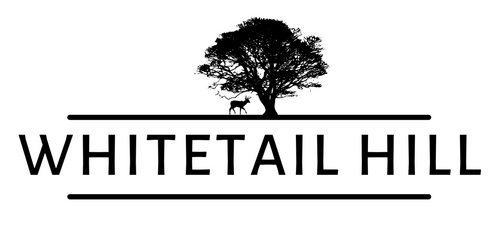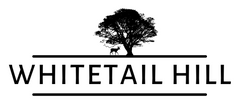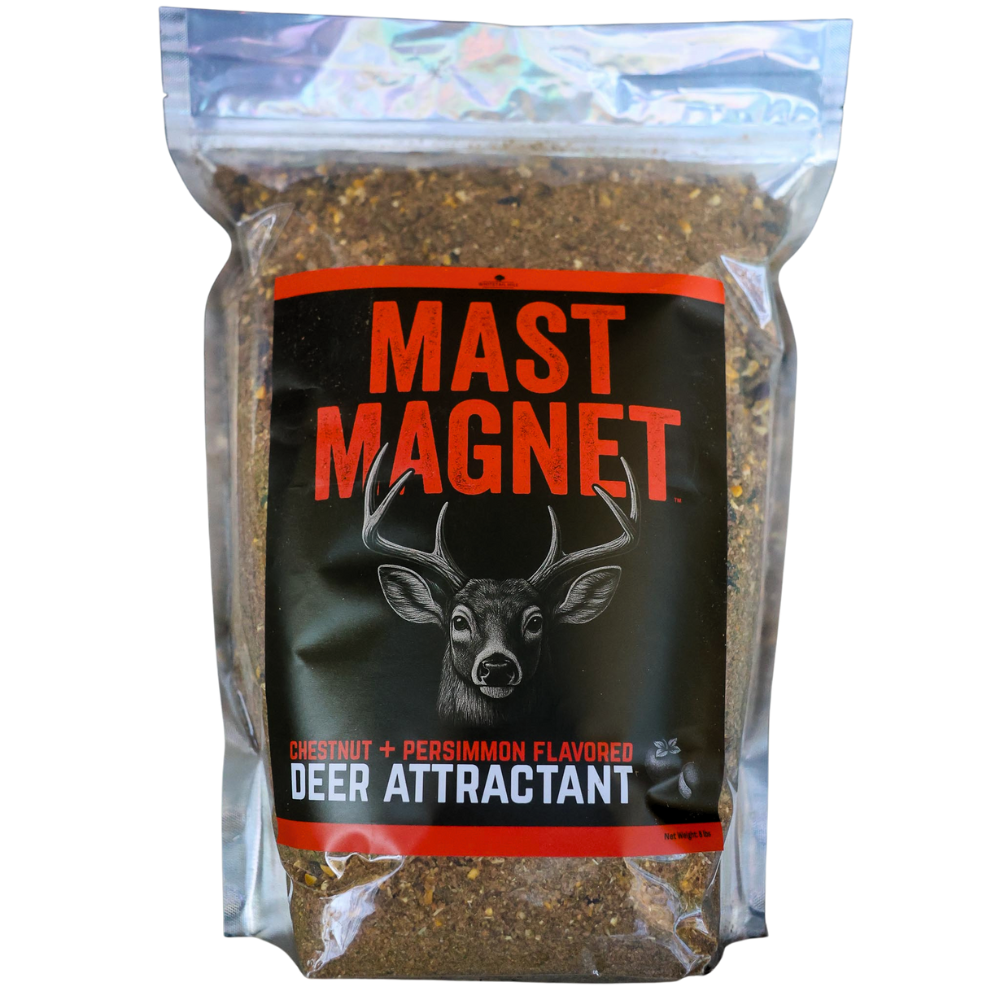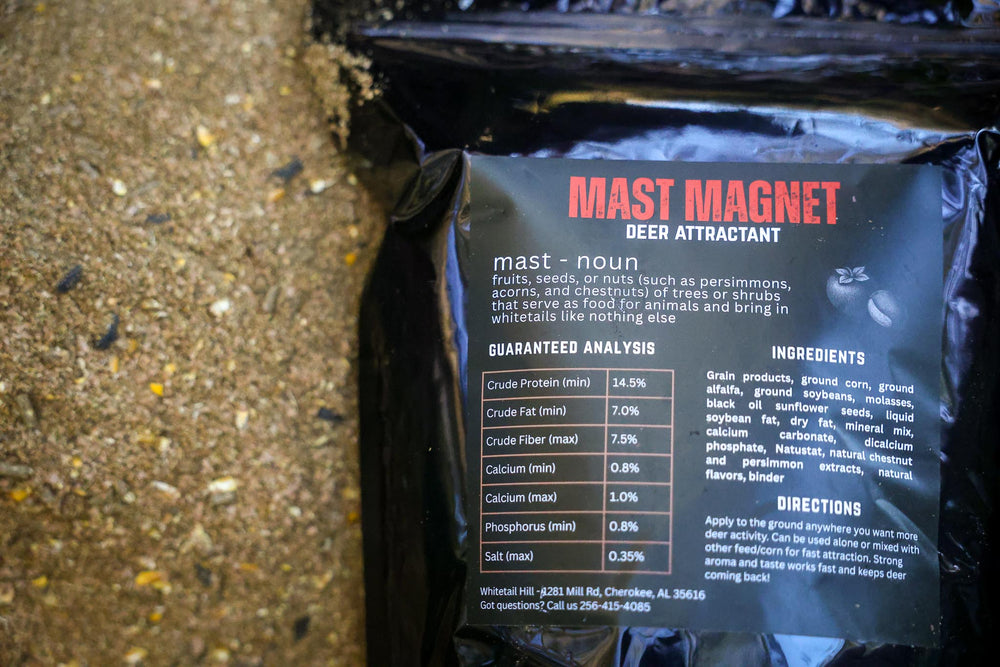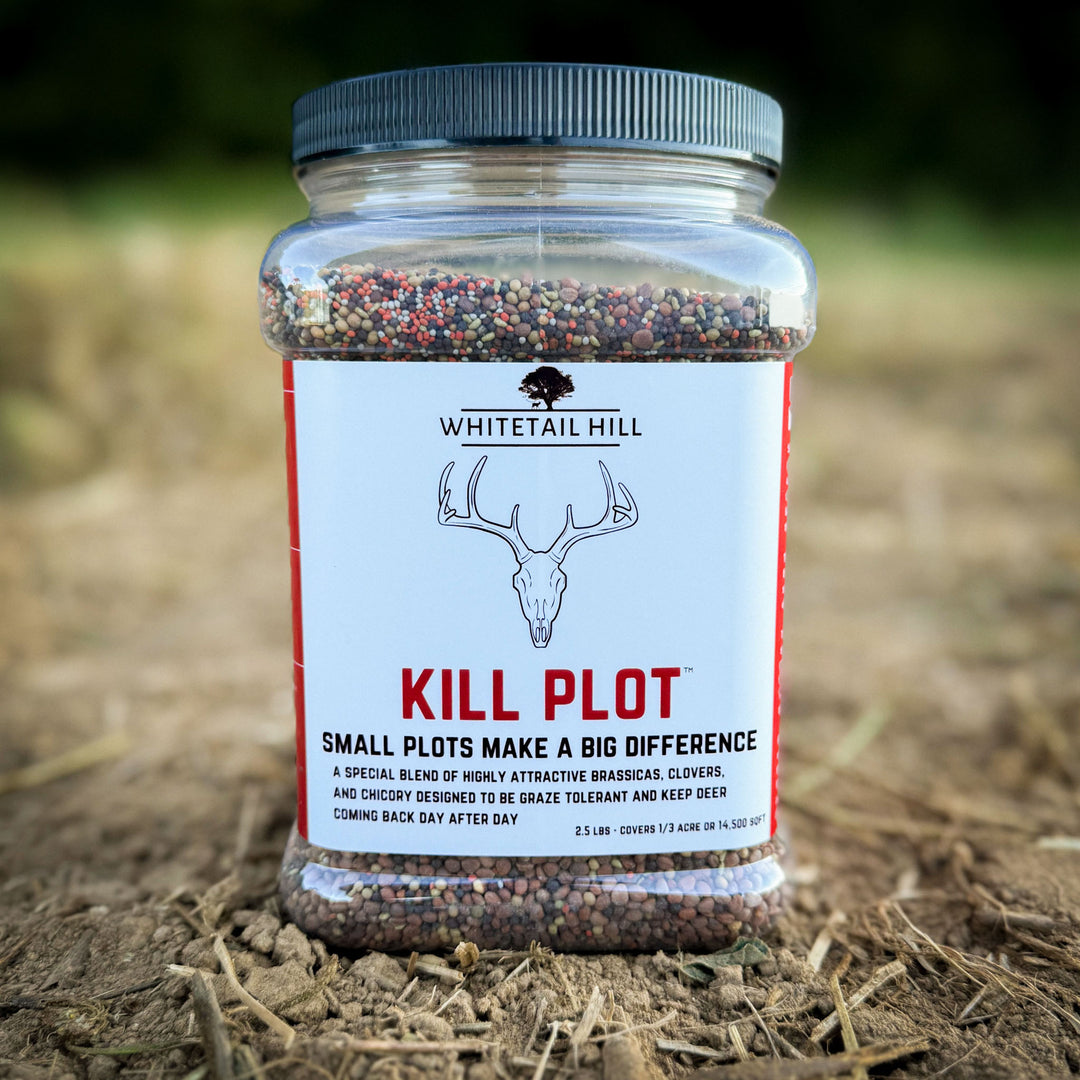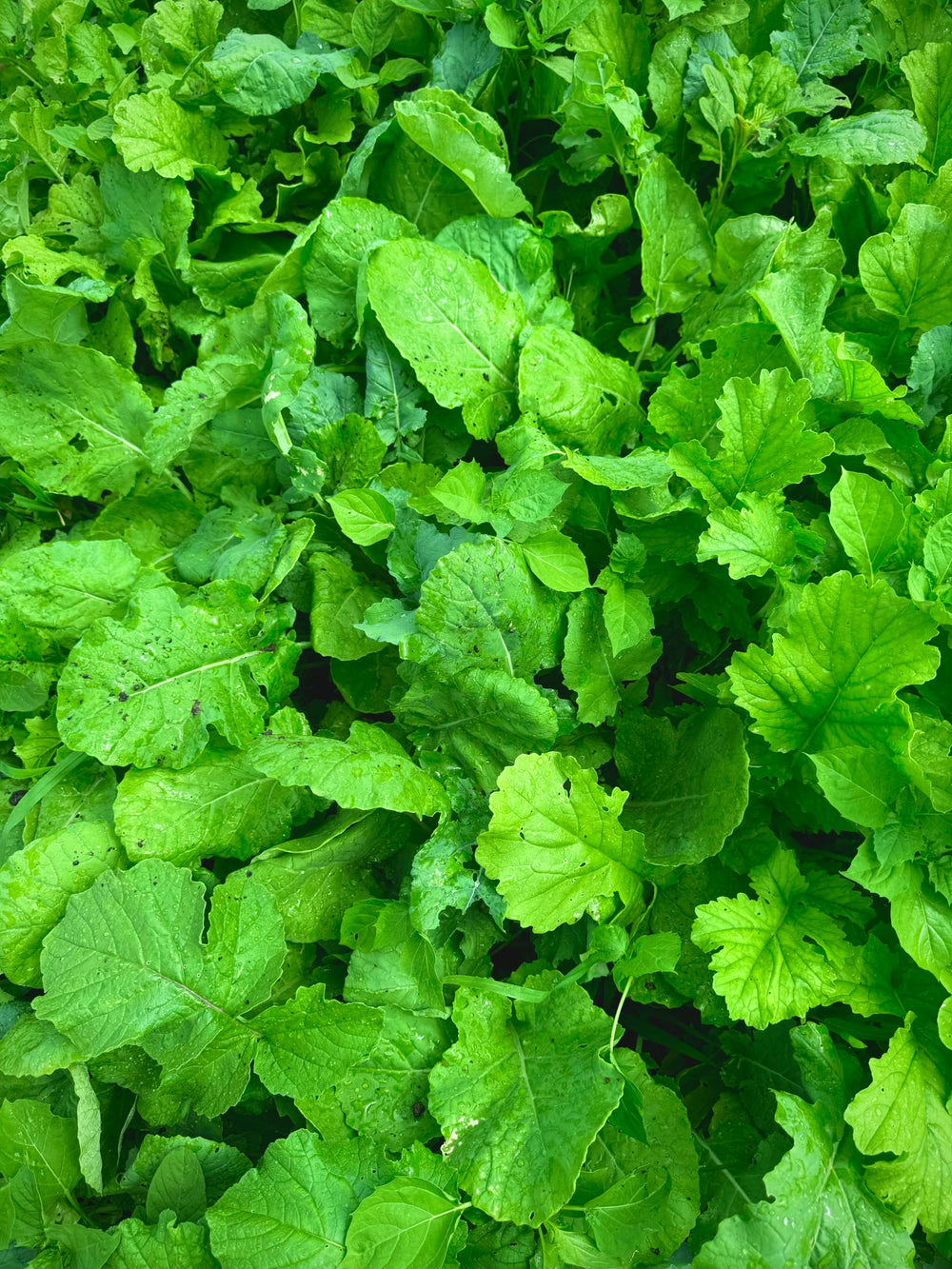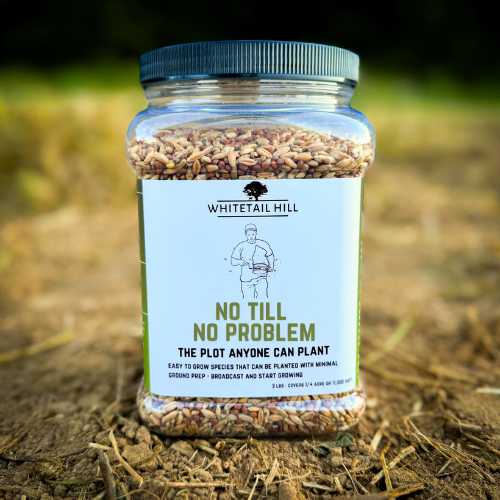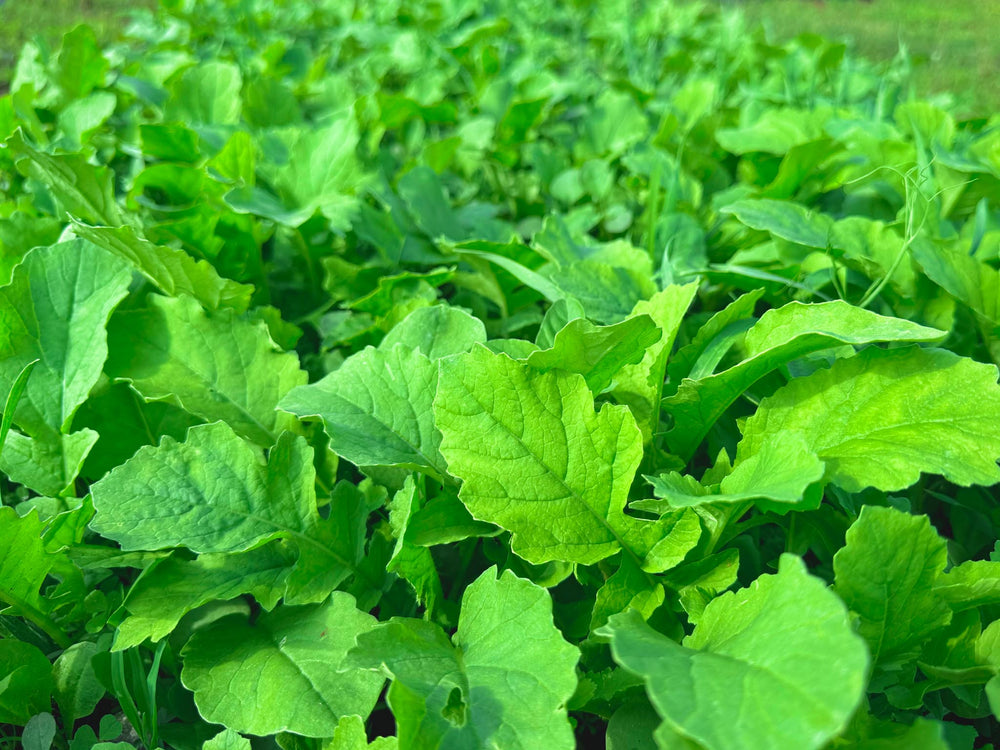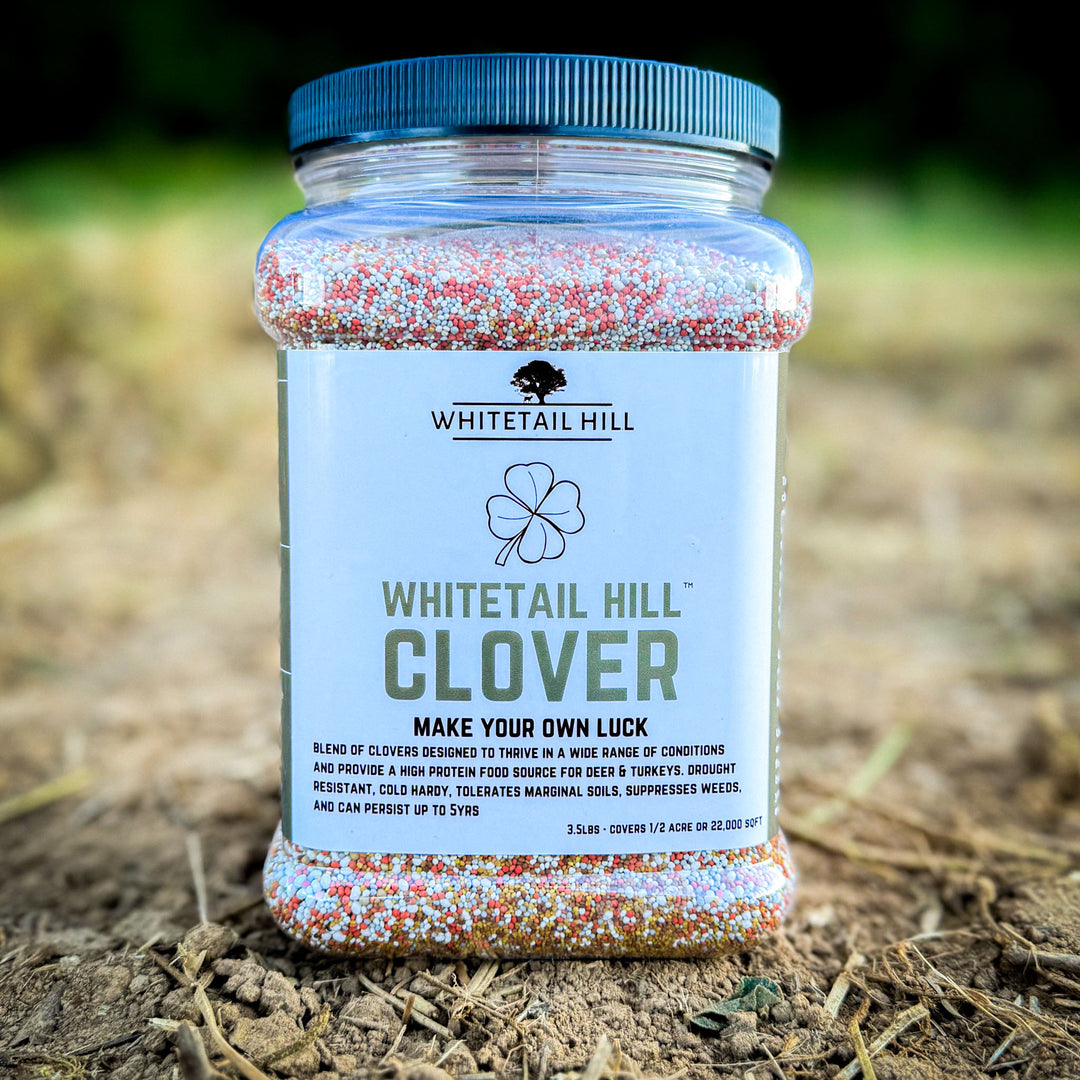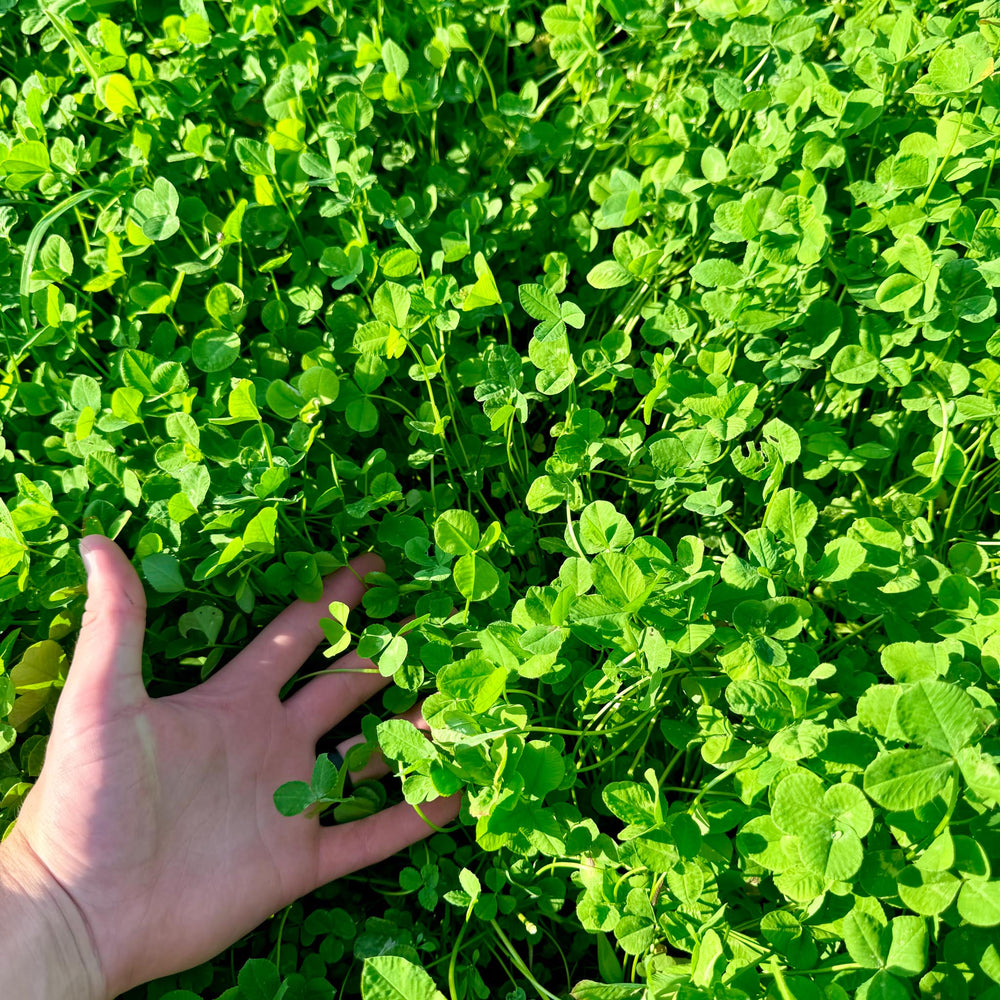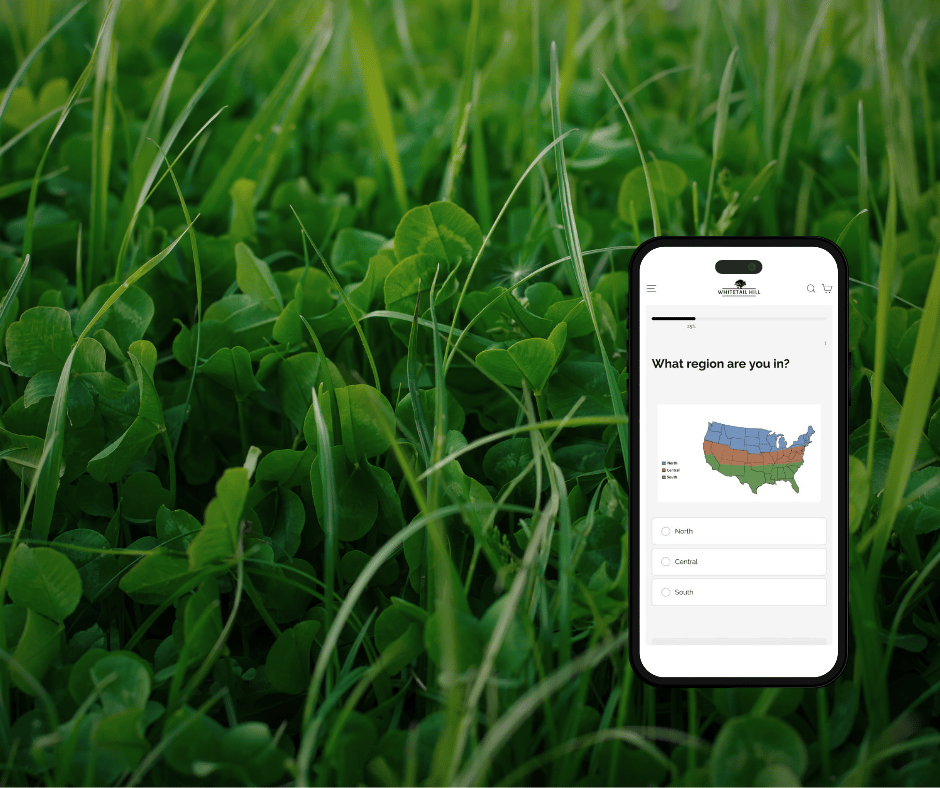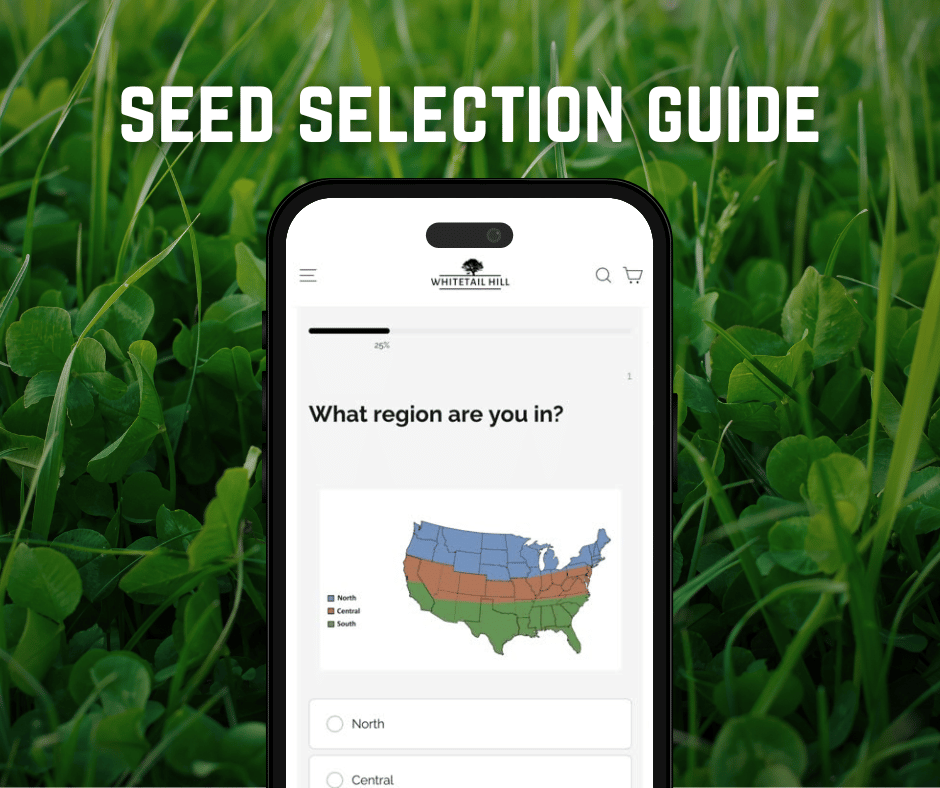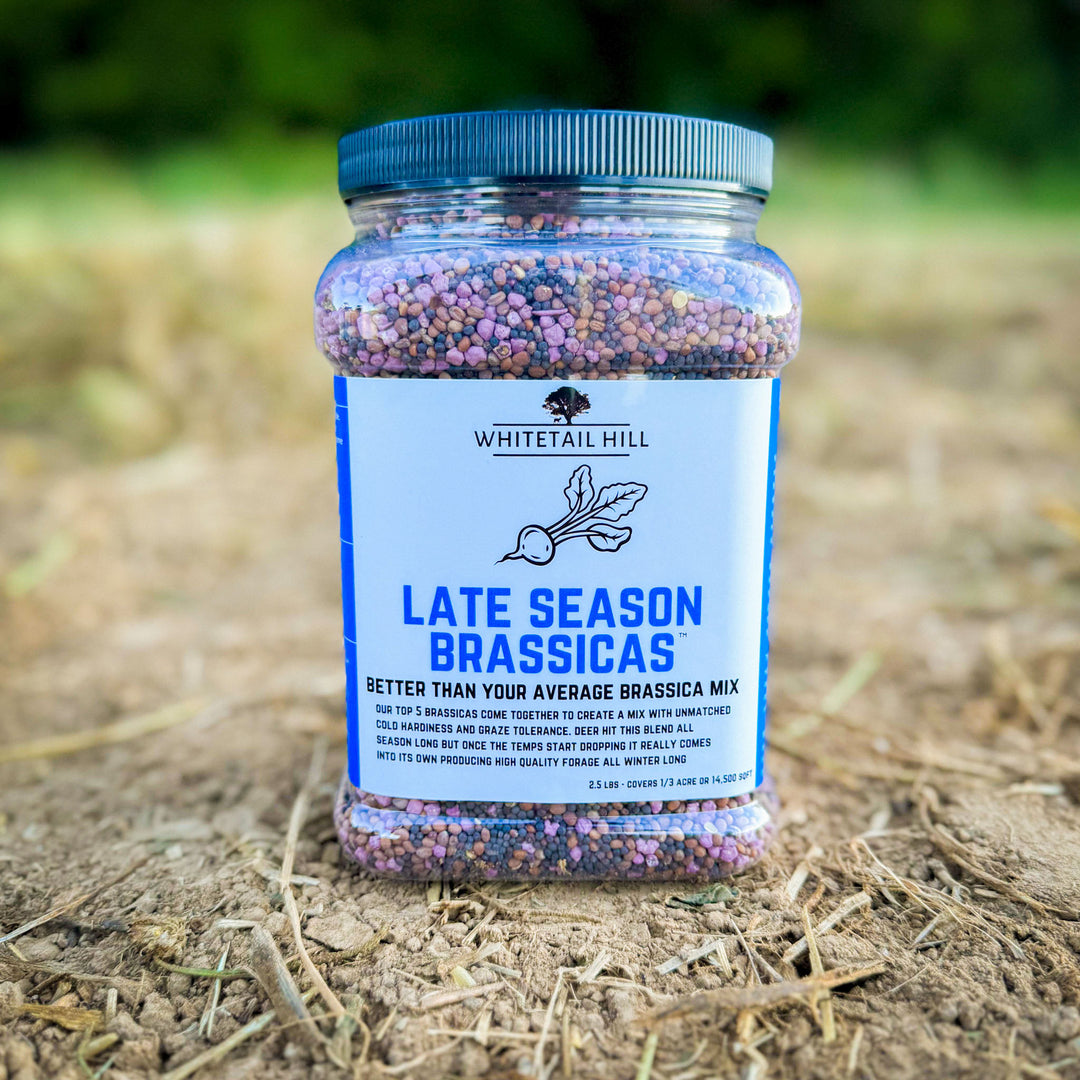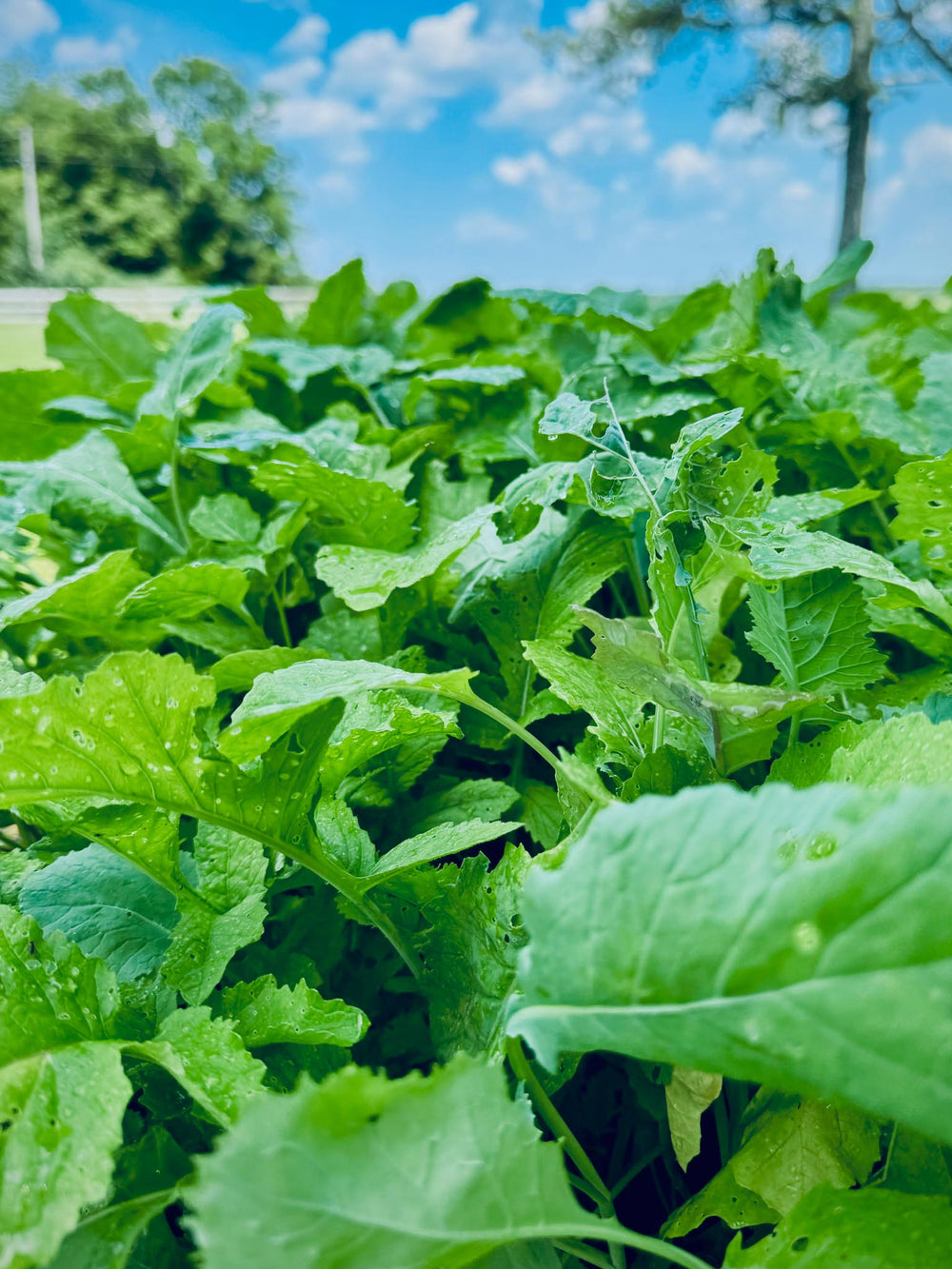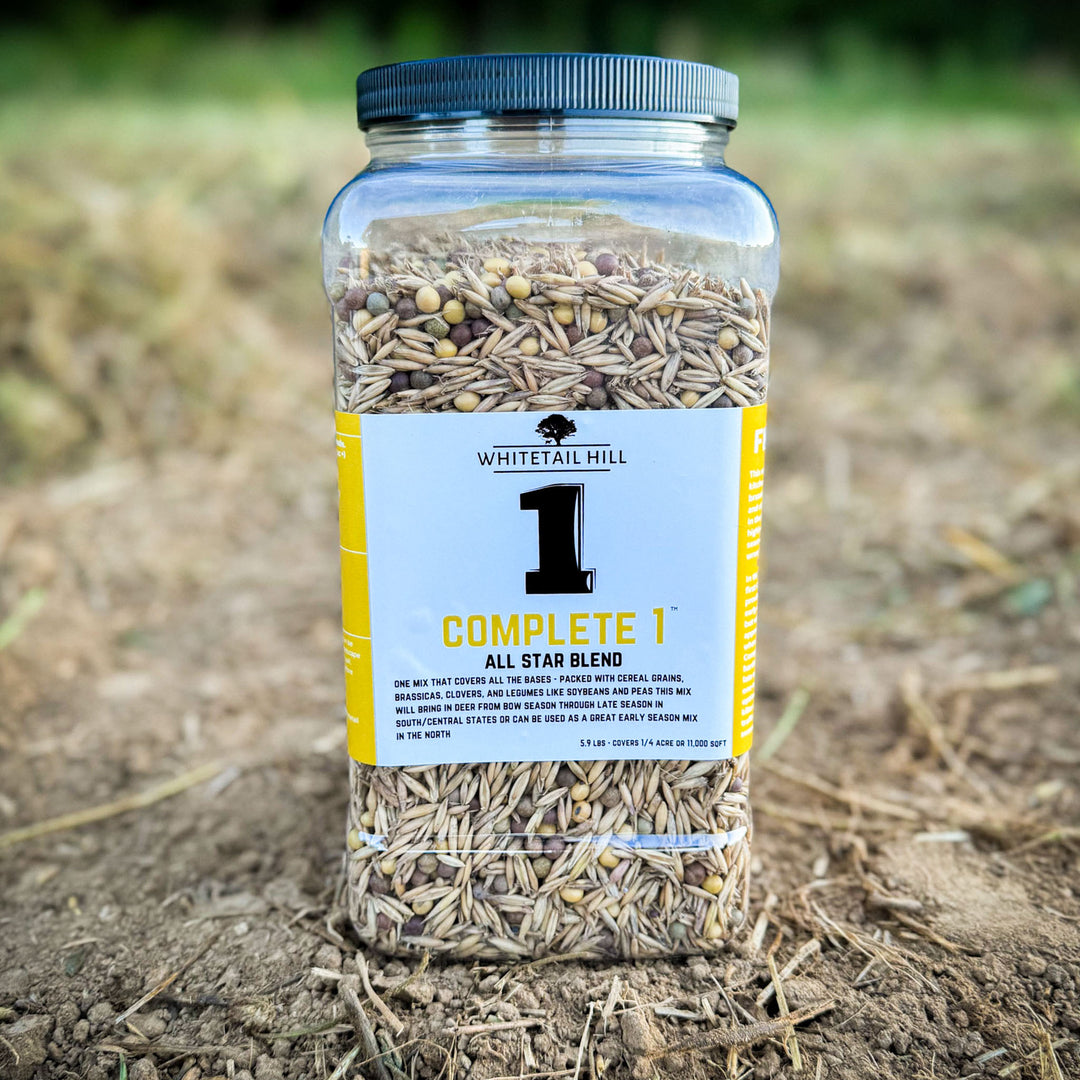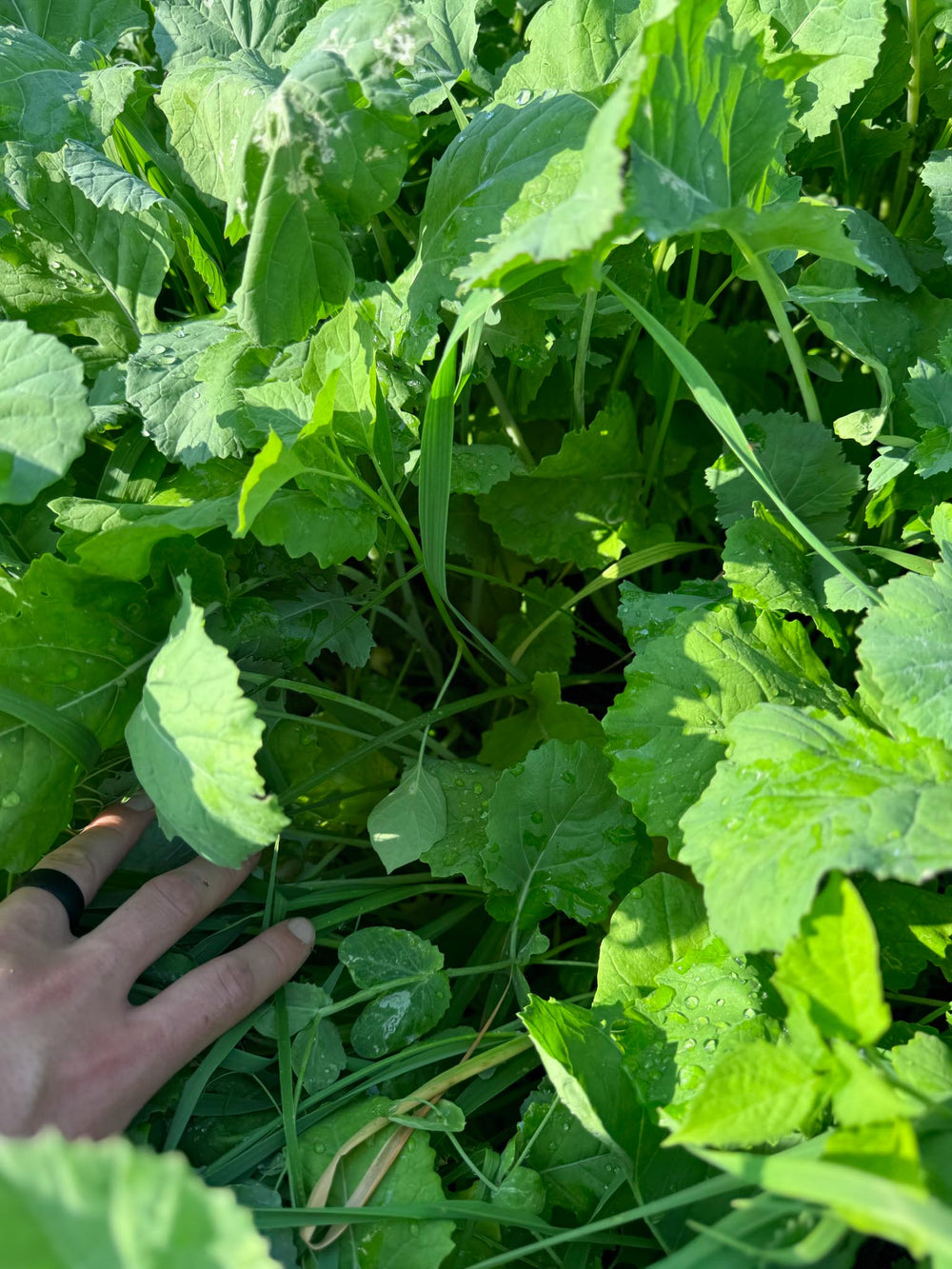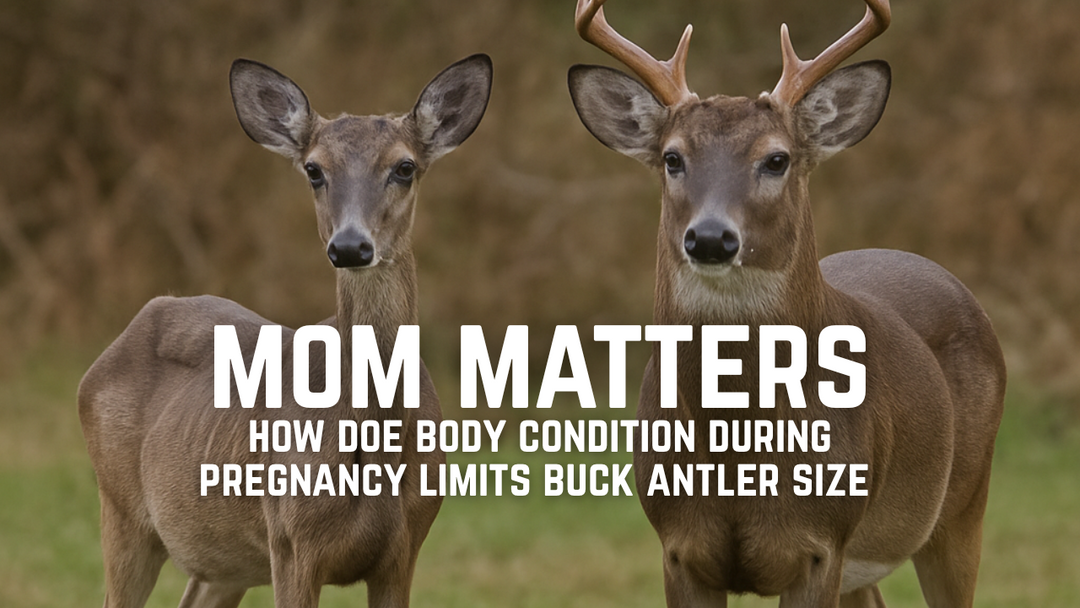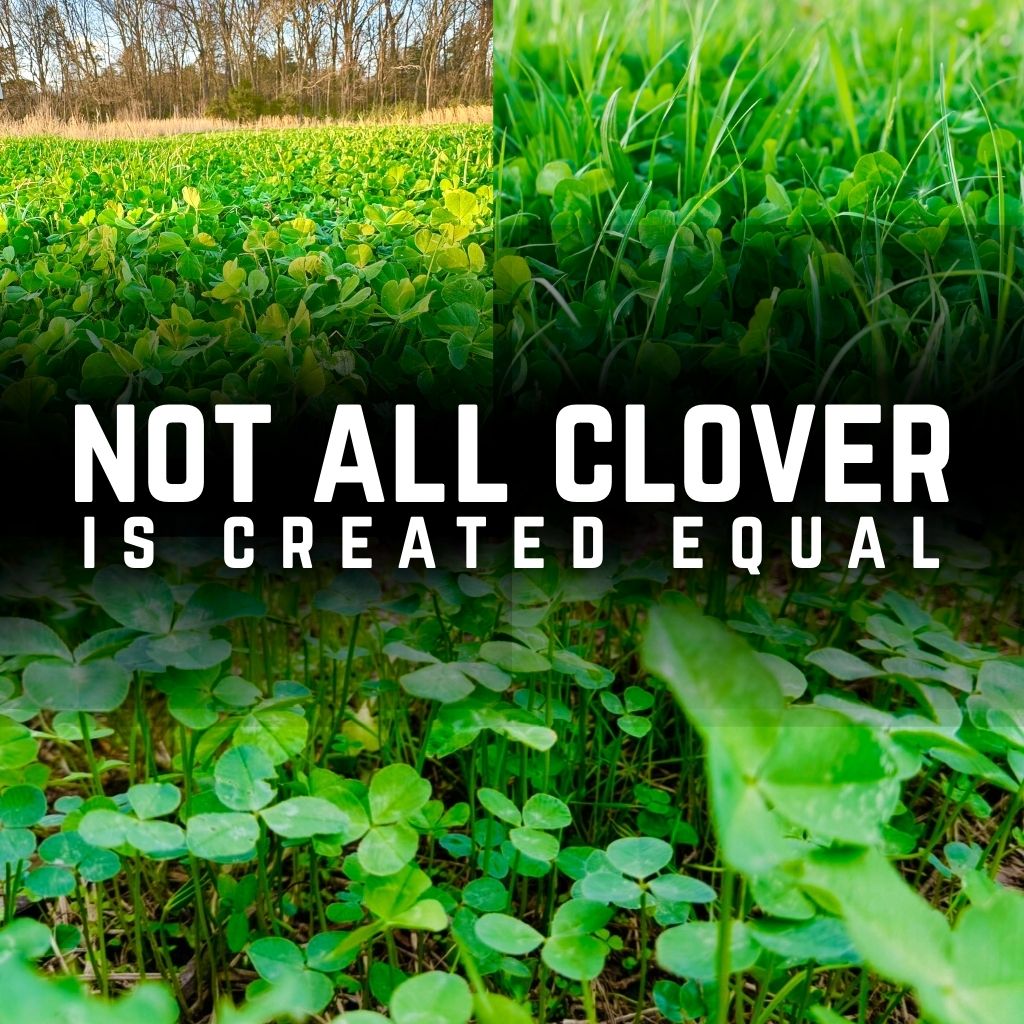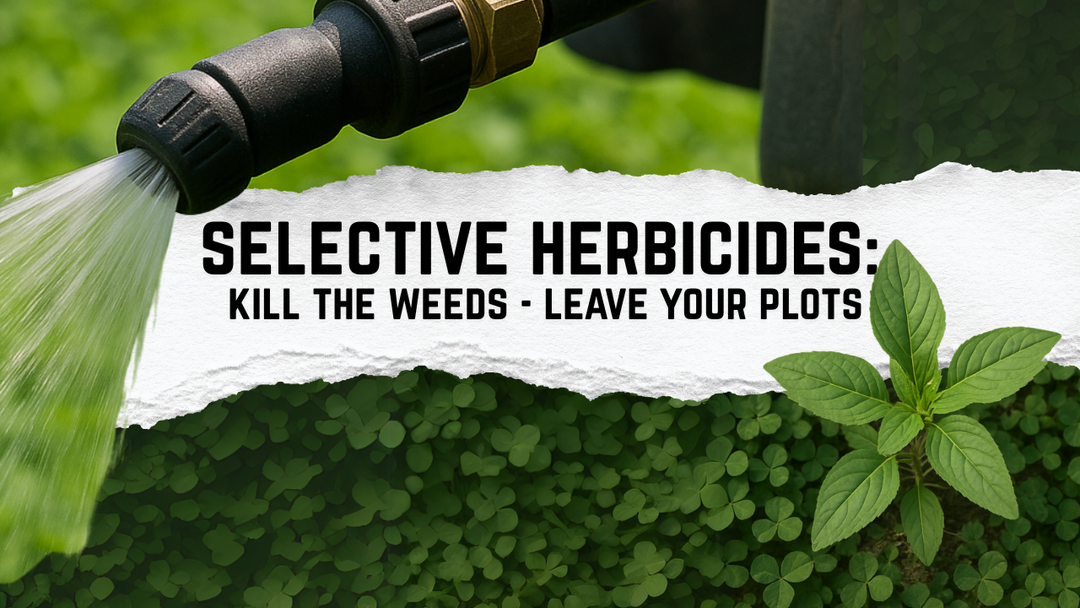Selective Herbicides to Kill the Weeds and Leave Your Plots

One of the most common questions we get asked is how to combat weeds after planting. While having a few weeds in your plot isn’t usually something to worry about, it can become a problem if they spread and out-compete the species in your plot. If that happens, you’ll need to take care of those weeds before they take over. There are a few ways to remove/control unwanted weeds, but oftentimes the most effective is an application of the appropriate herbicide.
The best solution to a weed free plot is to apply a pre-emergent herbicide like glyphosate a week or so before planting. This should kill off all of the vegetation in the plot since glyphosate is a non-selective herbicide. Be careful not to use glyphosate on any plots that you want to keep around. It’s not selective. It will kill everything. It should only be used to kill weeds prior to planting or when you want to terminate an existing plot and switch to another planting. For controlling weeds in an existing plot you want to use a selective herbicide. It will kill your weeds and leave your plot. There are a lot of selective herbicides to choose from and each one is made for a different task. Keep reading and we’ll talk about some of the most common and most useful herbicides to keep your plots healthy and weed free!
Clethodim is the first herbicide we’ll look at. Clethodim is a grass-selective herbicide that is excellent to use in broadleaf plots like clover, brassicas, or soybeans. It targets grasses only so it will not kill any of your broadleaves or legumes. It is excellent for removing crabgrasses, barnyard grasses, foxtails, and many other grassy weed species. Whitetail Hill Clover, Multi-Year Mix, Late Season Brassicas, Soggy Bottoms, and Kill Plot are all blends that can safely handle an application of clethodim to remove grasses because the species used in those blends are all broadleafs and therefore are unaffected by clethodim. It will kill the grass and leave your plots.
On the opposite end of the spectrum you have 2,4-D. This is a broadleaf-selective herbicide and will kill most broadleaf species that it comes in contact with (brassicas, clovers, ragweed, dandelion, goldenrod, etc.) while leaving grasses and grains unaffected. This herbicide is typically used over plots of corn, sorghum, millet, or cereal grains like rye, oats, and triticale since these are all grassy species. 2,4-D can be applied to Dove & Quail and Hideaway safely. It can be used on Waterfowl Blend, although the buckwheat in the blend will most likely die off as a result. The other species should be left unharmed. Sometimes you have to weigh your options. If a weed invasion is severe it may be worth sacrificing one species to save the plot. On the other hand, if weed competition is minor it may be better to avoid hurting something like buckwheat and simply allow the plot to grow.
A similar product to 2,4-D, is 2,4-DB (Butyrac 200). It controls many of the same weeds but is safe for use in legume plots (think clover) This is a broadleaf-selective as well, but it does not harm legume species like soybeans, cowpeas, clover, or jointvetch. It is very important not to apply Butyrac to any plots containing chicory or brassica species. Since they are not legumes, they can and will be killed off by even a single application. You can use 2,4-DB in Whitetail Hill Clover alongside clethodim for the best weed control in your clover plots.
Since most of our blends are a combination of broadleaves and grasses or legumes and broadleaves, it is often difficult to apply a post-emergent to some blends that will not harm at least one species in the plot. It may be beneficial to sacrifice one species if weeds begin to overtake your plot in order to salvage the rest without completely starting over. But as we said before, the very best way to keep your plot from being taken over by weeds is a pre-emergent application of glyphosate or similar herbicides to kill off any unwanted vegetation before planting even begins.
If you’re faced with a weedy plot where the combination of species in the plots and weeds you’re fighting makes picking a selective herbicide impossible, it may be time to make a decision. Sometimes you need to decide if the weeds are severe enough to warrant sacrificing one of the species in your plot to get rid of the weeds.
For example: you have a plot of Multi-Year Mix (clover and chicory) and it starts being overtaken by broadleaf weeds there aren’t any selective herbicides you could use to kill the weeds and leave both the clover and chicory unharmed. If there are only a few weeds here and there you may choose to let them go, or use an alternative method like mowing to try and get them under control. If the weeds are starting to take over then it’s time to act! We would recommend applying 2,4-DB which will kill off the weeds but also the chicory. Your clover will be left unharmed. You’ll be losing the chicory out of your plot but you’ll still have a nice clover plot. Overseed (no-till) at the next available planting date with more Whitetail Hill Clover or Multi-Year Mix to help fill in the areas where the chicory was and you’ll have a nice plot once again.
Mowing clover plots is a great alternative to herbicides when fighting weeds. Whichever route you decide to take, this guide covers the most common situations and your most useful tools. If you have more questions, our on-staff consultants are always available to answer your questions and help you grow better plots on your property! Give us a call or shoot us an email and we’ll be happy to help!
